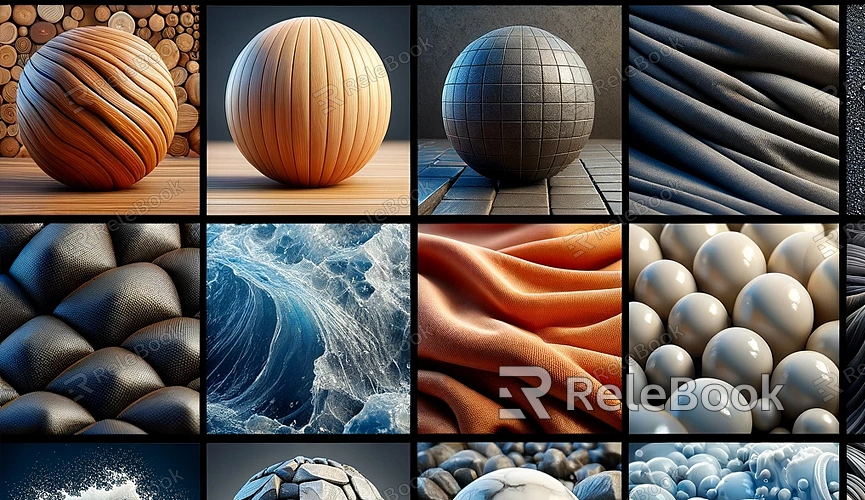Adding Textures in Blender
Adding textures to 3D models in Blender is a crucial step in providing depth and realism to your creations. Whether it's for crafting game environments, film effects, or model creation, incorporating textures accurately can enhance the vividness and appeal of your 3D models. High-quality textures play a significant role in rendering models or virtual scenes. If you need top-notch 3D textures, Relebook offers a vast selection. Here's a straightforward guide on how to add textures in Blender that might be helpful to you:

1. Prepare Texture Images
Firstly, ensure you have suitable texture images for your models. These images can include patterns of bricks, wood, metals, or other materials. You can download textures from the web or create your own. A quick way is to grab over a million 3D texture resources from Relebook.
2. Import the Model
Launch Blender and import the model you wish to texture. Ensure the model is fully modeled and in an editable state.
3. Switch to the "Material" Tab
At the top of the Blender interface, select the "Material" tab, ensuring you are in the correct material editing mode.
4. Create a New Material
Within the material panel, click "New" to create a new material for your model. This will assign a default material to your model.
5. Add Textures
In the Node Editor, use the "Texture Node" to import your prepared texture images into Blender. Connect the texture node to the material node, ensuring proper mapping and desired effects.
6. Adjust Texture Parameters
Through the Node Editor or material properties panel, fine-tune texture parameters such as scaling, rotation, reflection, and lighting effects for the optimal texture appearance.
7. Preview and Adjust
Preview your model in Blender's rendering view and make adjustments to the texture effects and parameters as needed. This ensures you achieve the visual effect you desire.
8. Render and Save
Upon completing all adjustments, proceed with the final rendering. Ensure you are satisfied with how the textures appear on the model, and save both the Blender project file and the rendered images. Adding textures to 3D models in Blender can significantly enhance the rendering by adding more detail and visual allure to your models.

